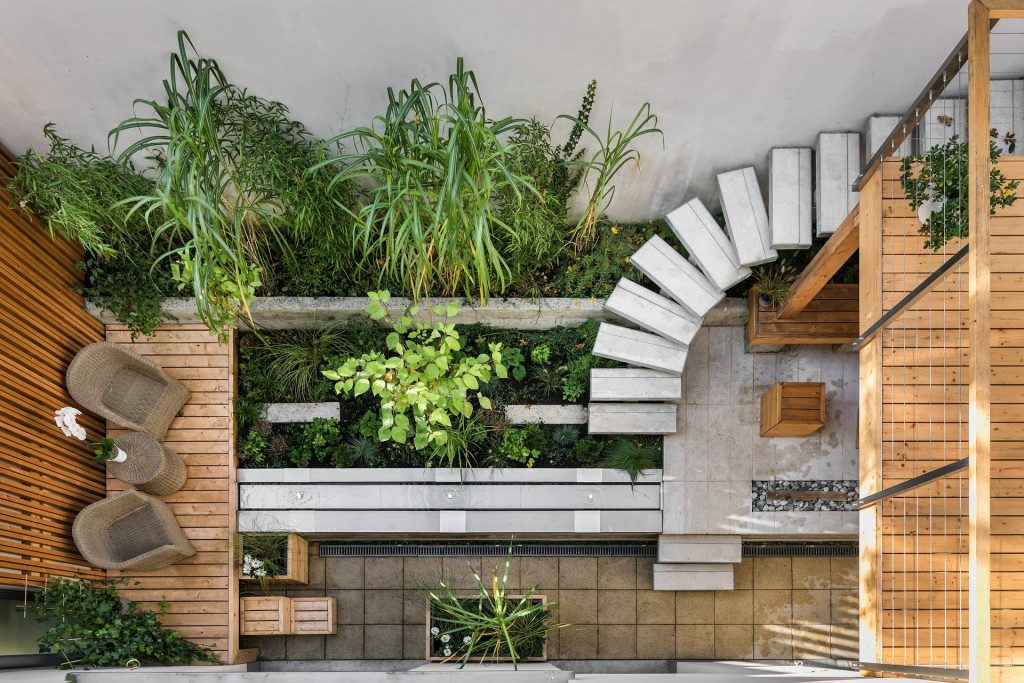
Green design, also referred to as eco-friendly architecture design or green architecture helps lessen the negative impact of construction and building materials on the environment. Green design is a powerful alternative to the traditional building methods and it uses less precious natural resources, which in return helps promote human health and happiness.
Green House Design Terminology
With a large amount of emphasis being put towards global warming and the different agents that might be responsible, there are many terms being used to describe the situation. The terms commonly used include sustainability, environmental, and of course, green designs. We will define these terms for you below:
Sustainable – This is a term that clearly has ecological and environmental connotations. In general terms, it’s used to describe something that can be repeated, without causing an impact that is harmful.
In modern environmental usage, sustainable activity can be done over and over without having to worry about depleting the resources from the Earth or having a harmful impact, whether to the planet, society, animals, or people.
For example, using timber in construction may be labeled sustainable if the woods from which the wood came from is being managed sustainably and new trees are being planted in order to replace the ones that have been uprooted for wood.
However, it is unstainable if, say, the Amazon are cleared and cannot be reasonably replaced. Also, using coal to generate electricity is unsustainable, because first, large amounts of C02 emissions are released and because coal reserves cannot be renewed in the same manner wood can be.
Environmental – This is a neutral term, which can cover anything that has to do with the environment. It doesn’t have to have any connotations that are linked to eco-friendliness, sustainability, or saving the planet.
For example, take a term like “environmental science,” this is a carbon-neutral term that is used to describe how the physical environment is, with no emphasis being placed on CO2, recycling, or emissions, but these can be a part of it. In the same way, “environment factors” is a term that can be used to describe different agents that act upon individuals and may have no link to ecology.
Green Design – Green design is a phrase used to describe a design that is working its way to make the end product as ecologically friendly and sustainable as possible. There are numerous areas in which green design is possible. For example, in plane and car designs, to save fuel and achieve better aerodynamics.
In construction, when architects have green home design principles in mind, it may have many different features that will help reduce the carbon footprint of the building. This can include greater insulation with thicker walls, brises Soleil’s for shading, optimal solar orientation, geothermal piles, and using recycled material.
In green design, the ability to be recycled at the end of its service life is important. Any building that has been designed according to green principles is environmentally friendly and sustainable.
Benefits of Green Design
Green design is increasing in popularity each day. Green buildings can contribute to the development of healthy communities around the world. They are not a simple development trend, and you will find more and more communities adopting green design in their construction as it helps reduce the carbon footprint and encourages sustainable behaviors for the Earth.
Businesses around the world have been implementing sustainability initiatives and are now encouraging others to adopt these practices and reap economic, environmental, and social benefits.
Here are some examples of the benefits you will receive when you choose green design:
Save Energy – After some research, we discovered that the costs associated with green buildings aren’t any higher than traditional development products. In fact, green design can lead to a reduction in operational cost, which means you will save energy.
Reduce Emissions – Sustainable building design techniques like daylighting, becoming LEED certified and solar engineering will reduce harmful emissions and also increase energy efficiency.
Moderate Temperature – By using a conscientious building design, and planting trees around new developments will help offset heat retention.
Increase Property Value – Green building is a great way to increase property value. Energy costs are on the rise, so being able to offer lower operating costs and easy maintenance will make for higher property values, and right now, that is a good thing.
Reduce Waste – Construction creates a large amount of solid waste. Green designs can lead to a major decrease of waste production.
Improve Health – Green buildings are non-toxic, and emphasize ventilation as they use low emitting materials that create a more comfortable and healthier living and working ambiance.
Buildings that have poor indoor environmental quality, on the other hand, results from insufficient air circulation, mold build up, poor lighting, temperature variances, and a high concentration of pollutants that are contributed to respiratory problems, headaches, allergies, nausea, and so on. Simply put, green buildings will improve the health of the occupants.
Increase Employee Productivity – By incorporating green practices in your business, with an eco-friendly interior design, this means you will have more productive employees. Research has showed that employees at companies that have sustainable policies are sixteen percent more productive than those working at organizations that do not practice “going green.”
Mind-Blowing Examples of Green Design
There are more and more examples of green architects emerging across the world. Some inventions really stand out showcasing the concept of the green interior and we have a couple of good examples for you below:
A Bionic Chandelier – According to designer Julian Melchiorri, the future of air quality and lighting may be in algae. Algae produced up to 80 percent of the world’s oxygen, and it can be harnessed by part of our architecture (our homes, offices, and even our lighting).
Melchiorri’s bionic creation is currently being displayed in London’s Victoria & Albert Museum – it is a marine algae environment that is fully functional, but that isn’t all there is to it. The Bionic Chandelier uses small lights that help stimulate photosynthesis in the algae, which promotes carbon dioxide and in return will release oxygen. It has a beautiful look that is charming, all while creating cleaner air quality.
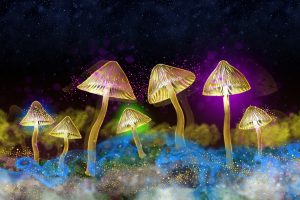 Bioluminescence Tree-Lights – Bioluminescence is the amazing ability Fungi and certain animals use to produce their own lights. From deep-sea creature to fireflies, their self-powered lighting is capable of lighting up the dark, sending signals to others, attracting pray and entertaining humans.
Bioluminescence Tree-Lights – Bioluminescence is the amazing ability Fungi and certain animals use to produce their own lights. From deep-sea creature to fireflies, their self-powered lighting is capable of lighting up the dark, sending signals to others, attracting pray and entertaining humans.
Now, scientists are working on this process to give humans a natural way of lighting urban areas and cities. There are bioluminescent trees, which are custom made plants that don’t take a large amount of electricity like traditional lighting. In return, this is going to help improve the air.
Is Green Design Making a Difference?
Certainly, green design is making a major difference. By building green, there are many advantages. For a start, it helps improve the safety and health of occupants, the environment and the community. As of right now, we can see that green design is already making a major difference in the air quality.
Final Words
What is the future of green design like? While we are not able to predict the future, we can tell you that green design will be around for a long time. The future of green building materials will hold micro-grids, air cleaning materials, smart glass, and net zero buildings. By just looking at the current eco house design plans, we can already predict a strong future for eco-friendly house designs.

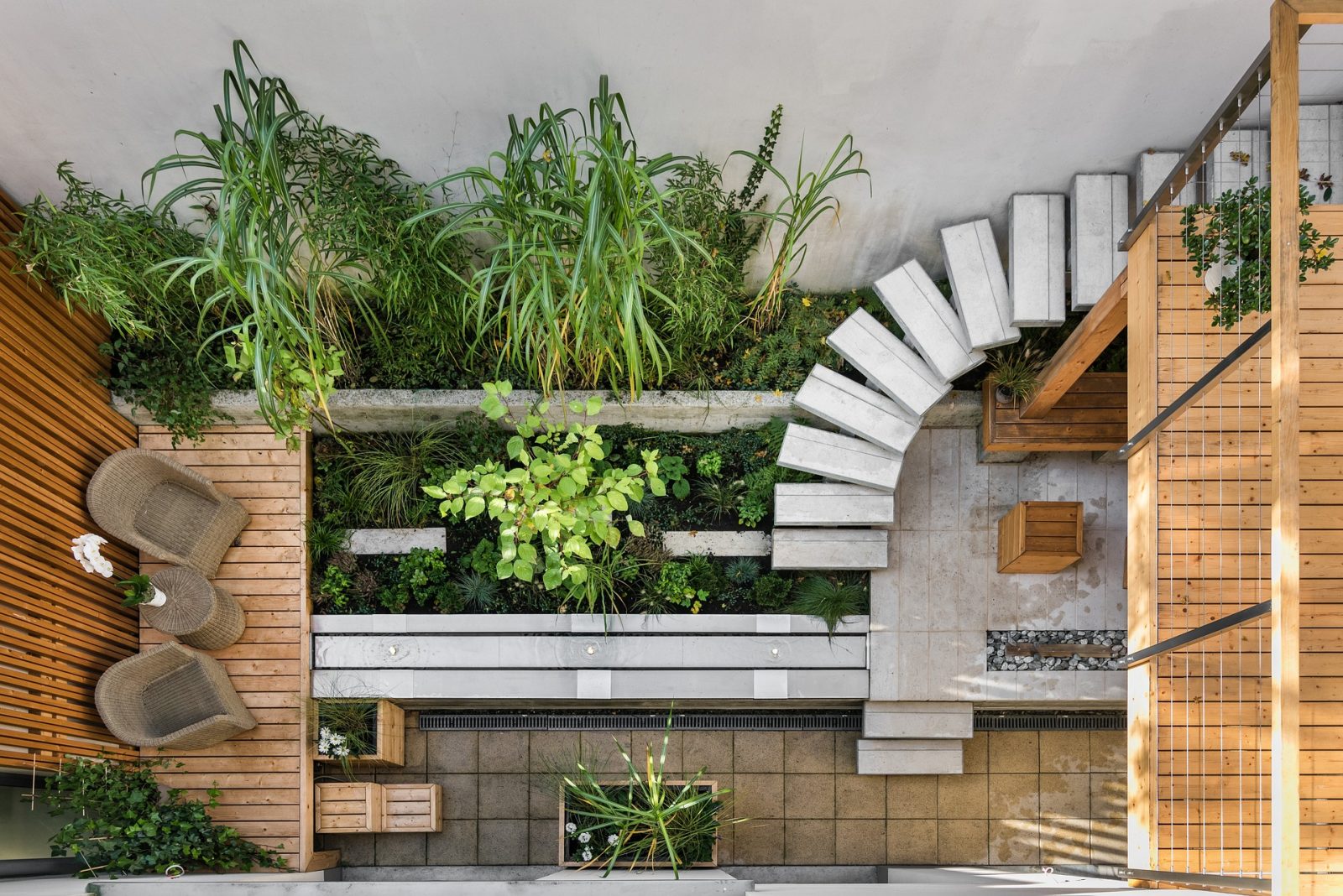


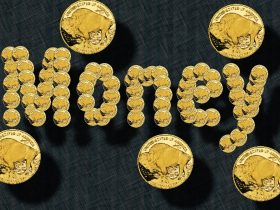
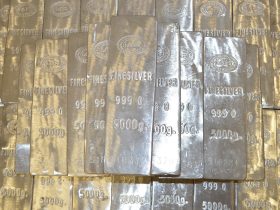
Leave a Reply